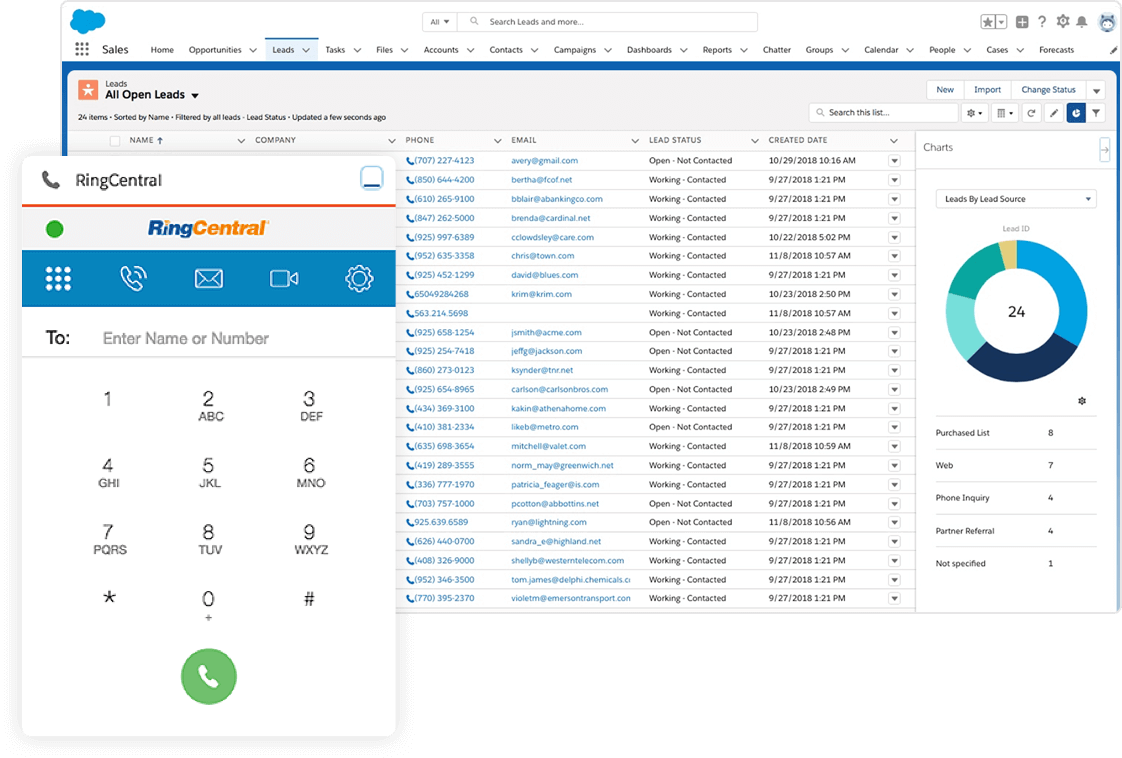

Their solution was simply put, their traditional PBX in a data center and…TADA CLOUD! Apparently, they missed the memo about product development, client experience, and ease of use/deployment. Avaya's attempts at creating a multi-tenant cloud solution were never very successful. So, what went wrong?įor Avaya, the equation is not complex. With aging premise-based equipment and increasing value in cloud-based communication solutions, developing a cloud phone solution to migrate their customer bases meant survival.
RING CENTRAL LOGIN CODE
BUT… Neither could crack the code of developing and delivering a successful cloud migration strategy. Both are incredibly impressive companies that have stood the test of time and left major imprints on the world of telecommunications. Mitel boasts a user base of over 70 million users in 100 countries. Mitel is one of the last remaining original suppliers dating back to a founding date of 1973.
RING CENTRAL LOGIN INSTALL
Why did Avaya fail? Why did Mitel fail? What does this mean for the millions of customers that rely on their solutions every day to keep business moving? And why did both choose RingCentral? Avaya and Mitel Choose RingCentralĪvaya represents America’s largest install base, with over 120,000 individual organizations leveraging their technology for daily communications. Avaya and Mitel represent two of the largest installed bases of business phones on the face of the planet – and BOTH have selected RingCentral as their partner to achieve what each was unable to accomplish themselves.

The writing is on the wall as yet another industry giant throws up the metaphorical white flag and partners with the industry leader rather than developing their own solution (not for lack of trying…). For those born in the cloud (RingCentral, Zoom, 8x8, etc.) the path to achieving this goal has been much more achievable than those that came from the hardware-intensive on-site products of days past. All touting the ubiquitous benefits of always up-to-date features, ultimate flexibility, and headache-free Op-Ex maintenance. Each supplier delivers their own “unique solution” some built from within, some disguised as “unique,” with Cisco-owned BroadSoft as a backend. For nearly a decade, countless suppliers have chased the dream of being a leading solution in cloud-based communications, also known as Unified Communications as a Service (UCaaS).


 0 kommentar(er)
0 kommentar(er)
